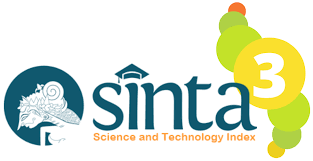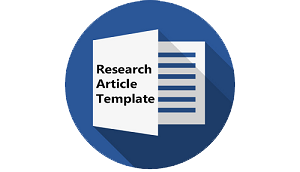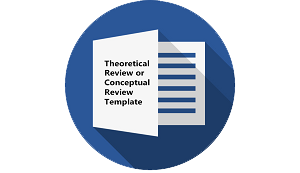ESTETIKA RESEPSI BAHASA SASAK PARA PEMBAYUN DALAM UPACARA ADAT SORONG SERAH MASYARAKAT SASAK DI PULAU LOMBOK
DOI:
https://doi.org/10.30957/lingua.v15i2.526Keywords:
bridal application, sorong serah, serve and accept, aesthetic values.Abstract
Â
The research was inspired by the beauty of the language used by the speaker called pembayun in the traditional sorong serah ceremony, the bridal application of Sasak people in Lombok. The tradition does happen however, young generations would have neglected the meaning denoted in the languages of the ceremony that contains high values of culture, wisdom and religiously. This study used content analysis and ethnography. Data were collected using observation, interview, documentation, and records. Informants that were the native speakers of Sasak and Sumbawa and have the authority on the traditional ceremony were selected. The results show: (1) aesthetically, the form of language used in the reception is the highest form in the Sasak language, which not all Sasak people are able to understand and use; (2) the aesthetic function of the reception of the swinging language in the sorong serah event is a means to convey the message, religion, custom and morals; and (3) the aesthetic value contained in the pembayun language refer to very high moral values and needs to be known by the public at large.
Â
      Â
Downloads
References
Arikunto, Suharsimi. 2006. Prosedur Penelitian Sutu Pendekatan. Jakarta: Bina Aksara.
Dananjaja, James. 2002. Folklor Indonesia (Ilmu Gosip, Dongeng dan lain-lain). Pustaka Utama Grafiti. Jakarta.
Depdikbud NTB. 1997. Adat Istiadat Daerah NTB. Jakarta: Eka Darma.
Gennette, Gerard. 1980. Narative Discourse. Diterjemahkan oleh Fane E. Lewin dari Discourse du recite oxford. Brasil: Black Weel Ltd.
Mahsun, 2011. Metode Penelitian Bahasa (edisi revisi). Jakarta:Raja Grafindo Persada
Moleong, Lexy J. 2002. Metodologi Penelitian Kualitatif. Bandung: Remaja Rosdakarya.
Pradopo, Rahmat Djoko. 2007 Pengkajian Puisi (Analisis Struktural dan Semiotik). Yogyakarta: Fakultas Sastra UGM.
Rahadi, Kunjana. 2001. Sosiolinguistik, Kode dan Alih Kode. Jogjakarta:Pustaka Pelajar.
Verhaar. 2010. Asas-Asas Linguistik Umum. Jogjakarta:Gadjah Mada University Press.
Downloads
Published
How to Cite
Issue
Section
License
Authors who publish with this journal agree to the following terms:
- Authors retain copyright and grant the journal right of first publication with the work simultaneously licensed under a Creative Commons Attribution-ShareAlike 4.0 International License that allows others to share the work with an acknowledgement of the work's authorship and initial publication in this journal.
- Authors are able to enter into separate, additional contractual arrangements for the non-exclusive distribution of the journal's published version of the work (e.g., post it to an institutional repository or publish it in a book), with an acknowledgement of its initial publication in this journal.
- Authors are permitted and encouraged to post their work online (e.g., in institutional repositories or on their website) prior to and during the submission process, as it can lead to productive exchanges, as well as earlier and greater citation of published work (See The Effect of Open Access).















